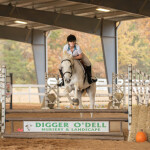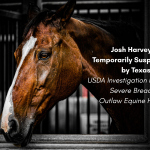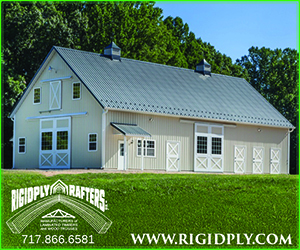Improve your horse's performance and overall health with expert tips on equine wellness and building a strong topline. Achieve lasting results for optimal horse health.
A horse with a strong, balanced topline is not only ideal for performance but also essential for overall health. A well-developed topline supports fitness, protects against strain and injury, and enhances the horse’s appearance. Like building muscle in human athletes, developing a topline requires proper management, training, and genetics. While it can be challenging, with dedication and the right approach, significant improvements can be achieved.
What Is the Topline?
The “topline” refers to a group of muscles running from the withers to the croup. These muscles include:
- Longissimus dorsi: The largest muscle in the back; it stabilizes the spine, supports proper movement, and carries the saddle and rider.
- Latissimus dorsi: Pulls the leg backward and propels the horse forward.
- Trapezius: Moves the shoulder blade forward and backward.
A horse’s topline can be assessed visually and through palpation. Healthy topline muscles should feel smooth and flat, with a well-rounded body that isn’t overly fat. Be cautious—overweight horses may appear to have a developed topline, but subcutaneous fat could mask underdeveloped muscles.

Factors Affecting Topline Health
Several factors influence a horse’s topline development. Age plays a role, as older horses naturally lose muscle tone and often struggle to extract nutrients from their feed. Proper saddle fit is also crucial; poorly fitted saddles can create pressure points that cause pain and muscle atrophy, so consulting a qualified saddle fitter early in training is essential. Diet is another key factor, as horses need sufficient energy and protein to support muscle growth and recovery. Medical conditions like Cushing’s disease or PPID can disrupt protein metabolism and lead to muscle atrophy, while issues like kissing spines (overriding dorsal spinous processes) may prevent proper topline development as horses avoid using certain muscle groups due to pain. Finally, exercise and turnout are important; incorporating natural inclines or hills in turnout pastures can encourage the horse to engage the correct muscles and build a stronger topline.
Exercises to Improve the Topline
Horses are elite athletes and benefit from targeted training to develop muscle groups. Consistent resistance training is key to building a strong topline. The following are top exercises for topline muscle development.
Transition Work
Repetitive circles in an arena can become monotonous for both horse and rider. Instead, incorporate upward and downward transitions, whether lunging or riding. These exercises encourage the horse to push from behind, balance properly, and lift their withers. Ensure transitions are intentional and performed with softness.
Pole Work
Ground poles or raised poles can help your horse lift its back, engage abdominal muscles, and round its topline. Start with a single pole at a walk, especially if your horse is new to pole work. Progress to multiple ground poles or raise them slightly (2-4 inches) to add complexity.
Lateral Work
Lateral exercises, such as turn on the forehand, turn on the haunches, and leg yields, strengthen the adductor and abductor muscles. These movements improve flexibility and muscle tone. Keep the exercises smooth and tension-free to avoid stress, and consult your trainer to create a balanced workout plan.
Hill Work
If possible, incorporate hill work into your horse’s routine. Walking or trotting uphill improves proprioception, strengthens the hind end, and engages the abdominal muscles to lift the topline.
Topline Stretches
Stretching before and after workouts is essential for equine athletes. Effective stretches include:
- Chin to chest
- Chin between the knees
- Chin between the fetlocks
- Carrot stretches
Hold each stretch for 10-15 seconds, but stop if the horse shows signs of discomfort, such as tail swishing, ear pinning, kicking, or biting.
Conclusion
Building a strong topline takes time and commitment, but the results are worth the effort. A well-developed topline supports your horse’s performance, longevity, and overall health. Adjust training gradually, track progress, and always consult your trainer when making changes to your horse’s routine. With the right management, your equine athlete will thrive for years to come.









